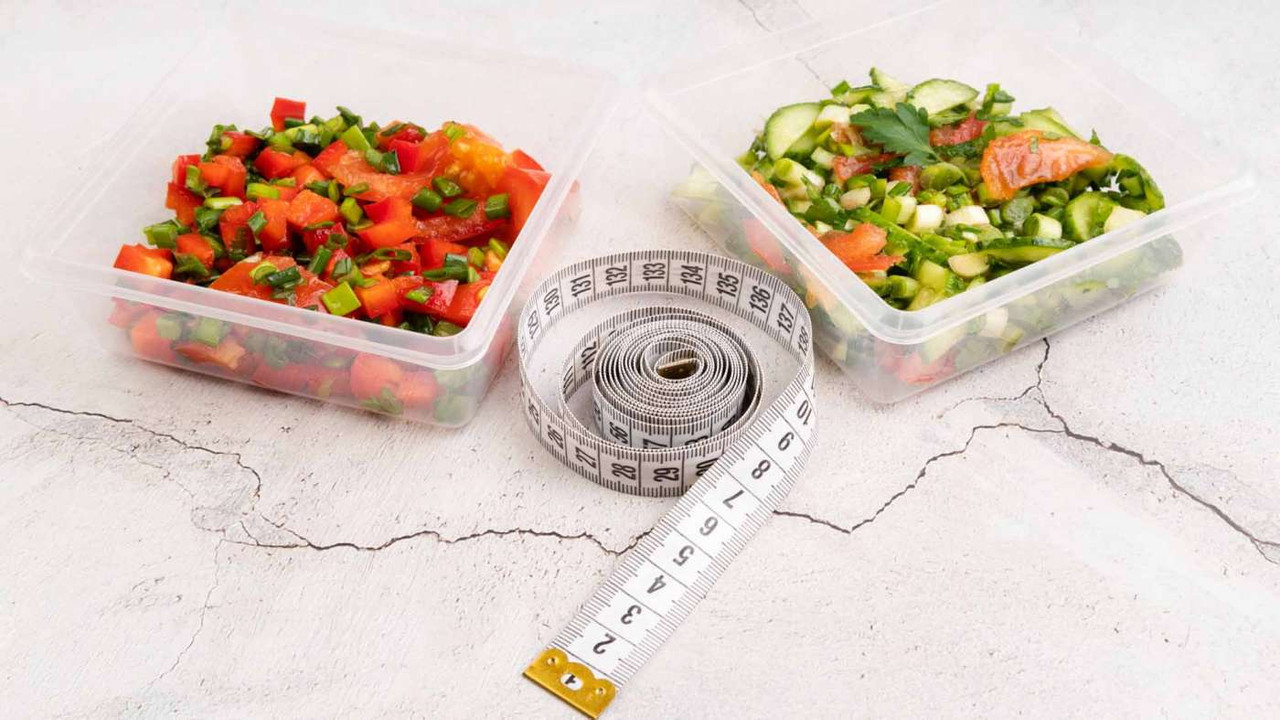How to lose weight when unable to walk becomes particularly challenging for the individual whose movement possibilities are restricted. A considerable number of people wonder about losing weight while being unable to move. People develop mobility issues because of injuries and impairments or chronic diseases. The right attitude will lead you to success in weight loss while building strong health practices. This article presents multiple methods for weight loss which bypass the requirement for walking movements.
Understanding How To Lose Weight When Unable To Walk
To lose weight you need to burn more calories than you feed your body. Atypical of burning calories is walking but they do not create the only pathway to weight reduction. The removal of unhealthy eating habits combined with alternative workout activity and life style changes establish a fundamental basis for both weight loss and weight management.
1. Focus on Nutrition

All weight management approaches start with what amounts to a perfect nutritional balance. Your physical activity restrictions require you to examsining your eating habits closely to maintain weight management.
Control Caloric Intake
-
Cut down your meal portions to limit dietary consumption past healthy levels.
-
Your weight loss diet should consist of meals packed with nutrients and which stay in your system longer by incorporating vegetables along with lean meats and whole wheat products.
-
Your diet should not contain processed foods or sugar beverages along with limit your high-calorie snack portions.
Prioritize Protein and Fiber
-
Eating more protein protects your muscle tissue and helps you feel satisfied. Eggs alongside poultry and seafood and tofu and lentils represent healthy protein options.
-
Gain better digestion with a simultaneous feeling of fullness because of consuming fiber. Add whole grains with your meals and consume fruits and vegetables regularly in your nutrition plan.
Stay Hydrated
-
Ey drink water half an hour before your meal so your appetite decreases which leads to eating fewer calories.
-
Stay away from consuming sugary liquids as well as resisting a large intake of coffee.
-
The implementation of these dietary choices makes it possible to create a calorie deficit under minimal physical involvement which your weight loss needs.
2. Engaging in Alternative Physical Activities
While you may be unable to walk, there are still numerous workouts you may add into your regimen.
Seated Exercises
-
Chair yoga helps develop flexibility and muscle strength.
-
Resistance band workouts help tone muscles.
-
Arm and upper-body workouts, such as sitting punches or lifting modest weights, can help burn calories.
Water-Based Exercises
- If you have access to a pool, water therapy and aquatic workouts may be wonderful for burning calories without putting stress on your joints.
Breathing and Meditation Techniques
-
Controlled breathing activities, such as deep belly breathing, assist reduce stress, which is connected to weight growth.
-
Meditation helps avoid emotional eating and boost concentration on healthy practices.
-
If you are seeking for strategies on how to lose weight when unable to walk, integrating sitting or water-based activities into your program can make a major impact.
3. Managing Portion Control and Meal Timing

Eating attentively and at the correct moments helps prevent overeating and excessive weight gain.
Follow a Meal Schedule
-
Eating at predictable intervals helps manage metabolism.
-
Avoid late-night munching, as the body’s capacity to burn calories slows down during sleep.
Use Smaller Plates
- This psychological strategy helps cut portion sizes without feeling deprived.
Practice Mindful Eating
-
Chew gently and relish each bite.
-
Avoid distractions such as watching TV while eating.
-
When investigating how to lose weight when unable to walk, portion management plays a significant part in sustaining a calorie deficit without extreme dieting.
Read Also: 30-Day Vegan Weight Loss Meal Plan
4. Improve Metabolism Without Walking
Since you may not be able to burn as many calories via activity, improving metabolism naturally is crucial.
Get Enough Sleep
-
Poor sleep impacts metabolism and contributes to weight gain.
-
Aim for at least 7-9 hours of decent sleep each night.
Consume Metabolism-Boosting Foods
-
Green tea, coffee, and spicy meals can aid enhance calorie burning.
-
High-protein meals improve the thermic impact of food, helping burn more calories during digestion.
Manage Stress Levels
-
Chronic stress elevates cortisol levels to such high points that weight gain occurs.
-
Passionate hobbies which provide relaxation include reading, listening to music and meditating.
-
When seeking for ideas on how to lose weight when unable to walk, increasing metabolism naturally is a highly successful method.
5. Seek Professional Guidance

Consulting a healthcare practitioner or a qualified dietician might be advantageous. They can give individualized advice based on your unique demands and medical problems.
Work With a Dietitian
-
They can build a food plan according to your nutritional demands.
-
They help track development and make appropriate modifications.
Consider Physical Therapy
-
A physical therapist can prescribe safe workouts that meet your restrictions.
-
They help increase mobility in ways that fit your situation.
Join Support Groups
-
Engaging with individuals who have similar issues may be motivational and inspiring.
-
Online groups and local wellness initiatives can give helpful information.
Final Thoughts
If you have been seeking for strategies on how to lose weight when unable to walk, remember that weight reduction is still feasible with the appropriate combination of diet, alternative activities, and lifestyle modifications. Focus on portion management, integrate sitting workouts, and embrace behaviors that naturally enhance metabolism. While mobility constraints may necessitate a different strategy, they do not have to prohibit you from accomplishing your weight reduction objectives. With perseverance and effort, a better living is within grasp!